The exhibition “Performing 89. States of disillusion” (07.09. – 22.10.2023) carried out by Institutul Prezentului in Timișoara proposes a “sectioned” reading of the transition provided by works/artists/groups which expressively and eventfully mark the twists of society out of the communist regime in Romania, Serbia and Hungary; from the effects of the neoliberal policy of transition to the market economy, inter-ethnic violence and democratic oversight. The exhibition is part of the “Uncensored Act” program (2021-2023) which follows the idea of community, action and collective reflection. I made this clarification in order to understand the given title of the exhibition and even the perspective of the heterogeneous visual body staged at the Faber space.[i] I understood the meaning of “performing” regarding this moment of historical caesura along the lines of a “genealogical”[ii] recovery of some historical processes (e.g., the resurgence of ethno-nationalism, massive privatization and pauperization etc.) nominated as states and not as “facts” or “documents”. Of course, I do not want to say that the intention of the curator would indicate a specific concept developed in relation to J. L. Austin – J. Butler[iii] theories of performing act. The title is rather intended to weigh the prevalence of performative acts but also a speculative formula capable of mapping from within some artistic practices, not only the public sphere and space of the 90s, but also paradigmatic artistic routes of the Europe’s South Eastern artistic scene. Disillusionment is both a curatorial evaluation – in which the gap between what was hoped to be after ’89 and what actually happened is measured by assembling concrete artistic intentions of jamming political and capitalist ideologizing strategies (the polarization of the public, the normative discourse of the market etc.) of the public sphere – but also an index of an affective climate of artistic resistance from the transition period.
The entrance to the exhibition is made by crossing Dan Mihăilțianu’s installation, “Window, Maria Rosetti 53 (La revolution dans le boudoir)”, 1989-2023, which includes a series of personal objects/utensils, a video projection of the streets around his atelier in Bucharest, together with radio recordings from the period of the revolution, December 22-26, 1989, which play on loop. We can recognize the artistic gesture of Lucas Samaras, who installed his bedroom-studio in the Green Gallery in New York in 1964, instantly overlapping the space of “creation” with that of exposing. But, beyond the gesture, the only common thing would be the fact that both preserve an atmosphere specific to a period. The difference, even in this case, would be that Mihăilțianu proposes a “clean” and beautifying display of the objects even though their function is to signal a well-known type of precariousness of communist Romania at the end of its historical mandate. An intriguing element is to be found in the title, “the window”, a referential metaphor in painting constituting the act of gazing inside the painting[iv]; the window is a transparent border between outside and inside, a place that opens a perspective on what can be seen through/outside. Or, what is captured from outside is the revolution (through its effects in this case), unclear as a totalizing event, reduced to the subjective lense of the artist through whose “eyes” and “window” we see the video recordings[v] and define the frame through what we hear (the radio recording) and their importance, but nothing about the REVOLUTION or the decisive consequences of its development. An interesting perspective considering that the Romanian Revolution of 1989 is the first televised revolution – transmitted/recorded and shaped by video cameras. The third element, placed in brackets, almost scandalous if we think that it is a reference to the work “Philosophy in the Boudoir” by the Marquis De Sade (seven porno-speculative dialogues in which Nature routs morality through sexual excesses of all kinds), would be of judicial nature: the freedom inaugurated after ’89 is twinned with a sentence postponed even after 10 years in the absence of evidence to clarify in what way and how exactly the REVOLUTION happened.
In short: the lack of connection between what is seen and what is heard indicates, on the one hand, the nebulous event of ’89, and on the other hand regarding the exhibition, the starting point of the societal transformations brought about by the transition. I circle back to the title of the exhibition to complete the overall picture.
The title would indicate a past that cannot be fully recovered, cannot be reduced to essences or linear progress, but resonated, made visible through artistic “slides” that subjectively recover recent history, expressions of life experiences and practices, that is, of works that precisely by their nature of states are performed during continuous exposure. We also have a displayed relational context, the works together perform a radiant state-image of the 90s with localized sets of social and political problems anchored by installations or actions, from which we can exemplify: “Retouched Secured Space” (1993) by Roza El-Hassan, “Romania” (1994) by Dan Perjovschi or “Eurasia” (1992) by the subREAL group.
It should be noted that the concrete density of the exhibition lies in the generated tension of a camp of visibility and speech specific to a democracy (in the strict sense) of the public sphere. The asymmetric struggle in relation to the efforts of the political class, of the 90s, to capture/control the public sphere, to manage its agenda and values and to countermand its pivotal role in the actual design of public policies.[vi] In this sense, I understand the mention of Miomir Grujić Fleka – artist, journalist and cultural animator from Serbia, who launched the first author’s radio show (Radio Šišmiš) in December 1989, broadcast on Radio B92, the main outpost of the resistance against the Milošević regime – alongside a presentation (photos) of the activity of the LED ART Group, FIA ART GROUP, ABSOLUTNO and the actions of Nikola Džafo or Vesna Pavlović, the works of Saša Marković Mikrob. Also, Dan Perjovschi’s in situ work, “Postcommunist Drawings” (2023), mentally fixes, by reactivating the archive of the 90s (selection of drawings made for and in the pages of Magazine 22 from 1991-1999), the climate and conflicts of the period.
Another consistent aspect targeted by the exhibition relates to the “naive” anthropological or sociological research in which the co-configurations of the urban space, concrete existences in transition, the commitments of art in relation to the political, cultural and economic transformations of society are captured, which constitute per se a process of artistic awareness and understanding of the present. In the case of Hungary: “Stolen Facades” (1992) by Csaba Nemes, “Cinema Újlak” (1990) by the Újlak group, “Six months” (1995) by Balázs Beöthy, “Inside Out: Photographs taken by homeless people from Budapest” (1998) by the collective Big Hope. And also the joint activity of András Gálik and Bálint Havas from the 90s – singled out by revealing the Little Warsa projects and the work of LW Tag (1999) –related to the awareness of one’s own southern European context and the difficulty of forming a platform for new practices /artistic stakes (affinity and correspondences that can be traced with Lia Perjovschi’s archive-diagram); Romania: “Michael Jackson’s last days in Bucharest” (1992) by Dan Mihălțianu, the series of photographs “Indirect (Romania)” taken between 1990 and 1999 by Iosif Király, “Construction site ’90” (1991-2023)” by Teodor Graur, “Collection of plastic bags”, 1990 – 1998 by Lia Perjovschi, “Knot” (1995) by Sorin Vreme; Serbia: “Sadness” (1992-1993) by the group Škart.
We can extract, according to the sensitivity and accuracy of the artists involved, a kind of generic corollary of their social involvement: the public sphere and space is something that concerns us all equally, according to a logic of “distribution”[vii]. Their interventions would be a kind of short circuit of the mechanisms that substitute the logic of distribution (of a space newly freed from the constraints of communist ideology) with one of division into areas of influence/normative political discourse, of privatization of space and public goods, of quantification according to the rules of market economy. We could understand these artistic interventions, not so much as a discourse of liberation or simple Manichean opposition (bad versus good), but as a practice of possibilities that can be nurtured within a community.
I will make a short abstract detour, certainly much too general and difficult to support historically, in order to point out what I think is targeted by the practices of these artists: if modernity has established that Reason is the good shared by all, separating metaphysical equality of subjects from its sociological reality in the absence of legal and political rights, post-modernity has reduced its sociological reality to an abstract capacity of the individual to generate equality, which can be practiced and tested according to capital (access to education, health, work , living space). The great absentee, the public sphere and space, always being a space either of individuals, subjects of law and authority, or of the market, subject of a metaphysics with new entities of capitalism (market, labor, time, “skills”, etc.). What lurks under and against are always the possibilities put into play by the contingency and immanence of individuals/communities and the social relations (implicitly cultural and political) that are formed between/among these strategies of domination and commodification. Artistic practices bring to light these relational possibilities and forces, for example the street actions organized by LED ART (“With mirrors on the cord”) or the Škart group’s “Sadness” and “Survival Coupons”, organized in Belgrade. I did not set out to provide a firm (implausible) criterion to separate within the practices that are circumscribed to social art, but only to clarify the fact that the artist “opposition” cannot be politically regimented (political parties), is not Manichaean and aims a much “deeper”, rhizomatic terrain of even non-capitalist democratic freedoms.
In the end I would also like to state that the exhibition is not intended to standardize the process of transition in the three states (already mentioned in this text) but to indicate social contexts articulated by a differentiated vocabulary of scenes and artistic vectors that are also connected in various degrees with the contemporary art which followed the second half of the 20th century.
[i] A description of some works can also be found in the chronicles of the exhibition: 1 and 2
[ii] With the meaning given by Nietzsche and continued by Foucault: 1) There are no facts, only interpretations. 2) Not an origin of a state, but the point of emergence of certain relations of forces (social, cultural, political) that produce through interaction a “new” medium of expression and relation (states). We can think of the 90s and what could be decanted from the social visibility environments (effects): ethnonationalism, repressed Orthodoxy, marketization of the image, privatization of public spaces and goods etc.
[iii] Starting also from the philosophy of J. L. Austin’s speech acts (How to do things with words, Second Edition, Harvard University Press, 1975) in which, simply put, we see how certain statements become “things”, that is, they imply a performative character, of introducing some new entities in reality (“Yes” in marriage etc.), J. Butler (Gender Trouble, Routledge, 2006) proposes the understanding and incorporation of identities (female, male) as performative acts. The horizon of actualization of identities is language, identity being a meaningful practice (embodied semiotics of genres) in which subjectivity appears as an effect of cultural processes of intelligibility (in relation to specific historical norms) performed and assumed not only at the individual level. I chose this more obscure meaning of performativity to include the polyphonic pulsation of the works/installations that put into play, within the visibility framework proposed by the exhibition, acts of rendering the transition (states of affairs).
[iv] See the seminal work by Brian O’Doherty, Studio and Cube, Columbia University, 2007, especially pp.23-31.
[v] The recordings are made around the workshop between 1990 -1996 and 1999 with the first realization of the installation at Video Cult/ures, ZKM, Karlsruhe, 1999. “La revolution dans le boudoir” is also the title of a video artwork also made in 1999. The audio recordings remain, while the video ones capture some morning hygiene rituals.
[vi] We can think of the so-called reactions of the “civil society” in Romania in relation to the finality of the (eternal) transition: overcoming the communist legacy! It is not clear what this depass would entail, but this simplistic scenario justified and justifies all the political slippages, which culminated in austerity policies and the ignoring and/or “privatization” of the state’s (constitutional!) social commitments.
[vii] For an accurate description of this logic see Jacques Rancière, The Politics o f Aesthetics. The Distribution of the Sensible. Continuum International Publishing Group, 2011. “I call the distribution of the sensible the system of self-evident facts of sense perception that simultaneously discloses the existence of something in common and the delimitations that define the respective parts and positions within it. A distribution of the sensible therefore establishes at one and the same time something common that is shared and exclusive parts. This apportionment of parts and positions is based on a distribution of spaces, times, and forms of activity that determines the very manner in which something in common lends itself to participation and in what way various individuals have a part in this distribution” (p. 12)
* This journalistic material was produced with the support of an Energie! Creative Grant awarded by the Municipality of Timișoara, through the Center for Projects, within the Power Station component of the National Cultural Program “Timișoara – European Capital of Culture in the year 2023”. The material does not necessarily represent the position of the Center for Projects and the latter is not responsible for its content or how it may be used.
POSTED BY
Emilian Mărgărit
Emilian Mărgărit is an independent curator and since 2017 founding member of Image and Sound, Bucharest. He has a PhD in Philosophy (contemporary French Philosophy), he has published in collective v...
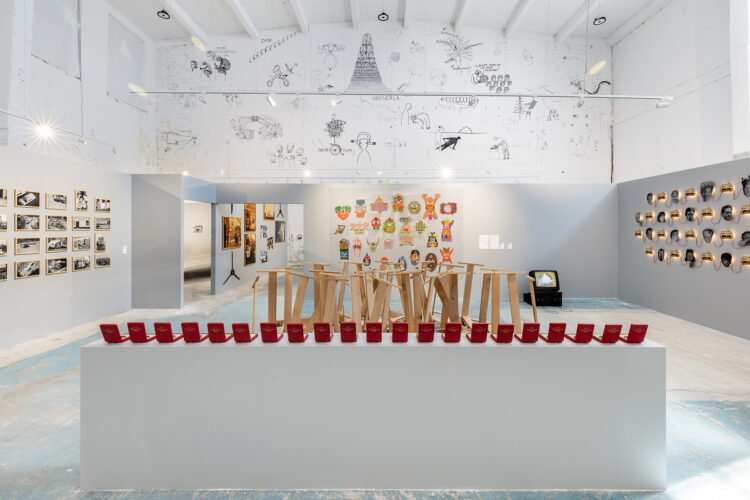
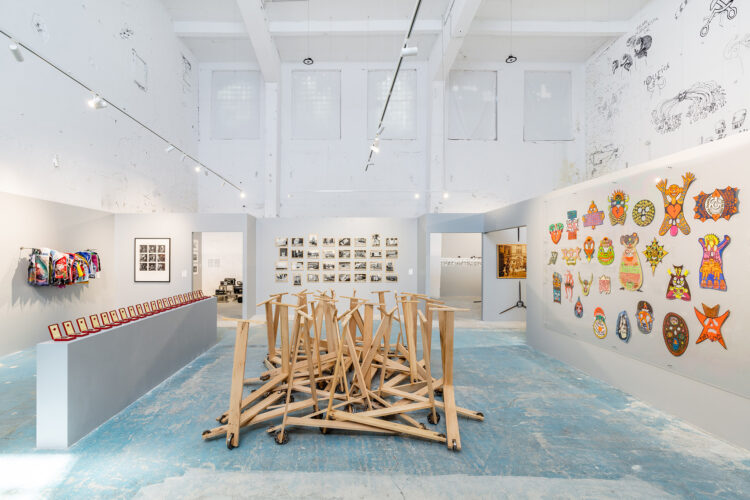
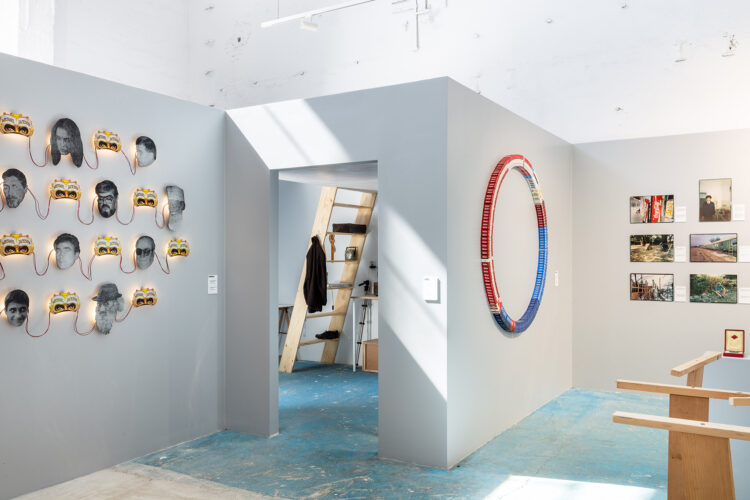
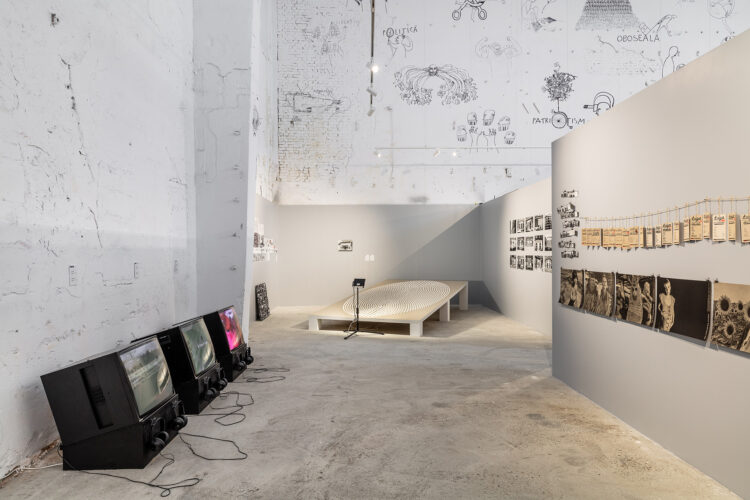
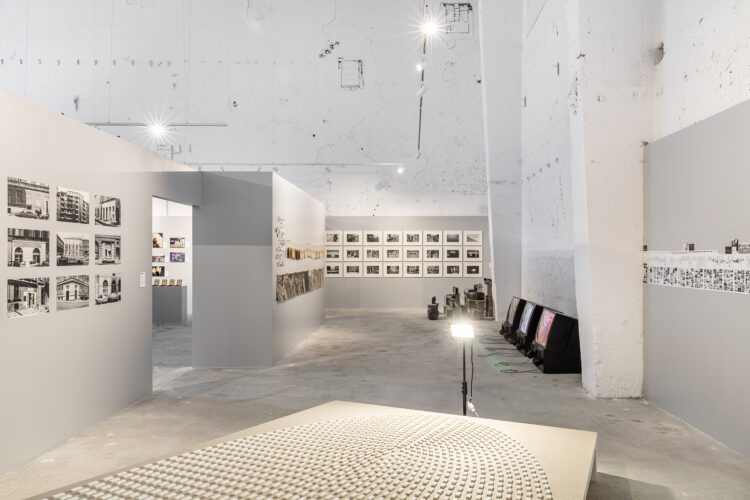
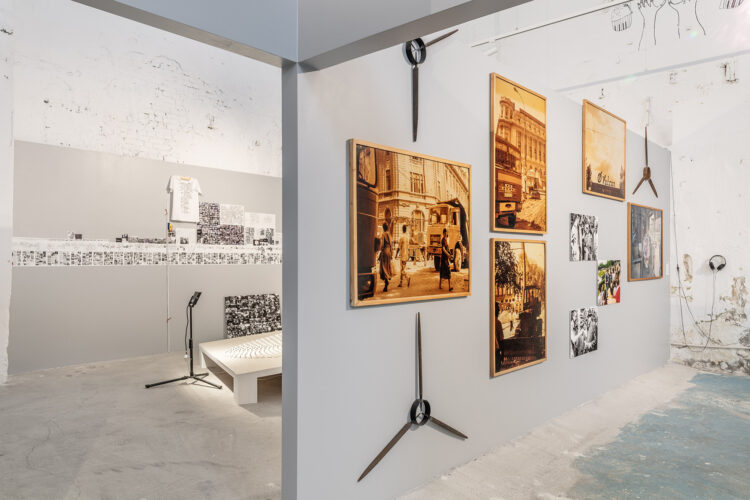
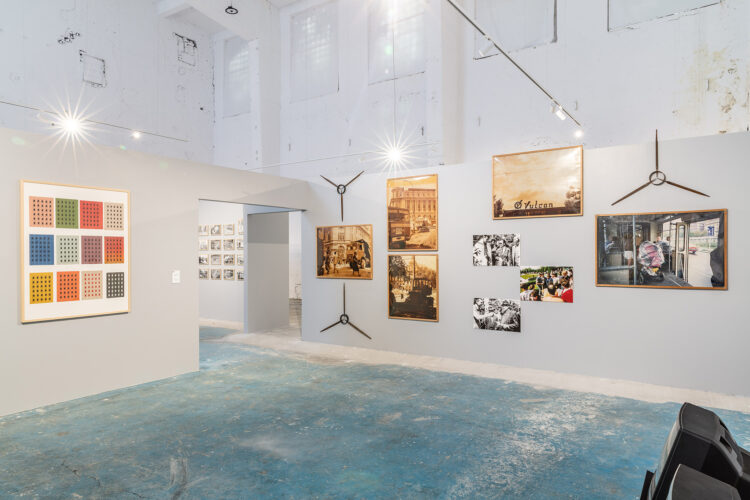
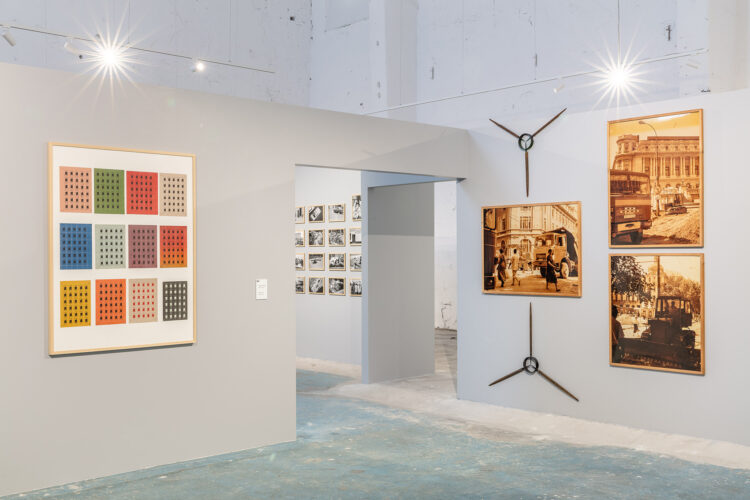
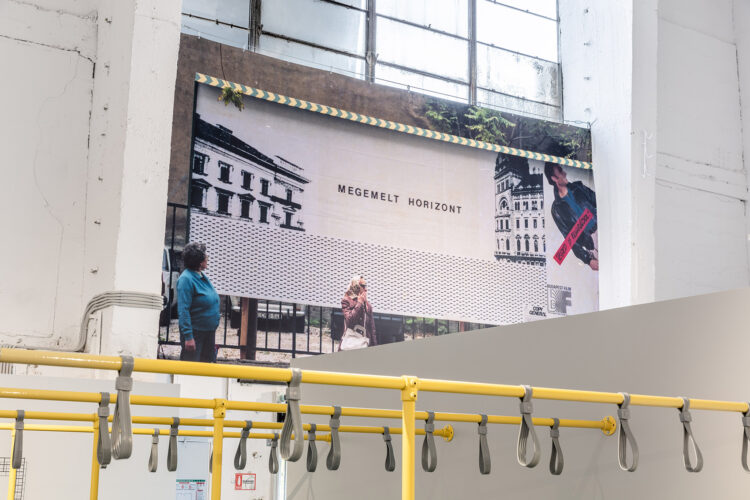
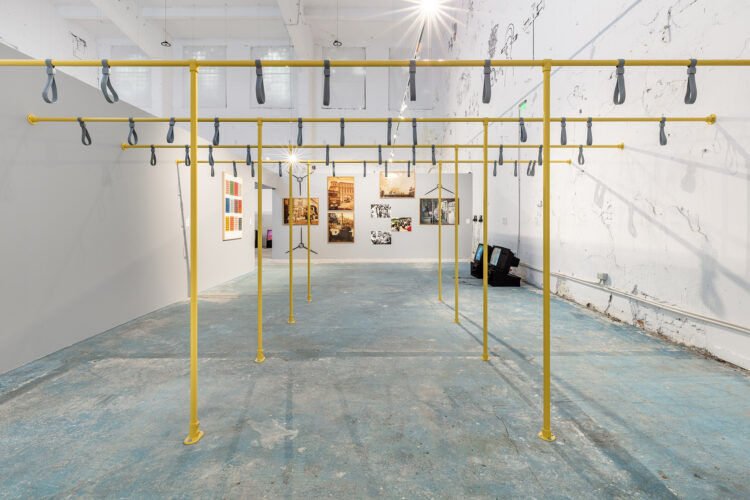
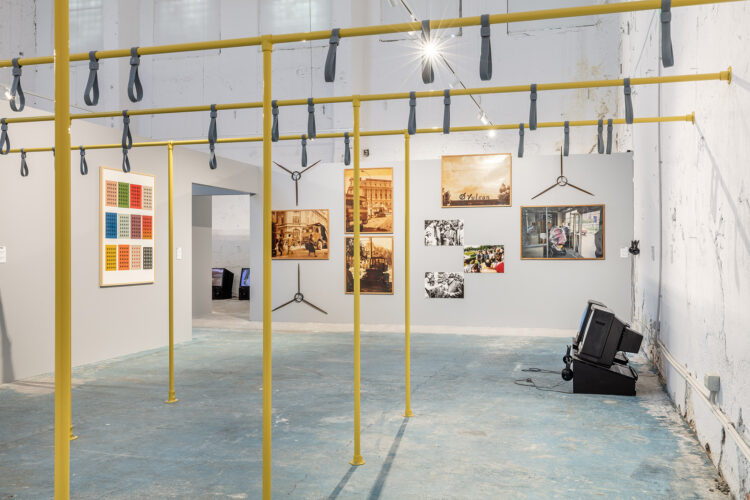
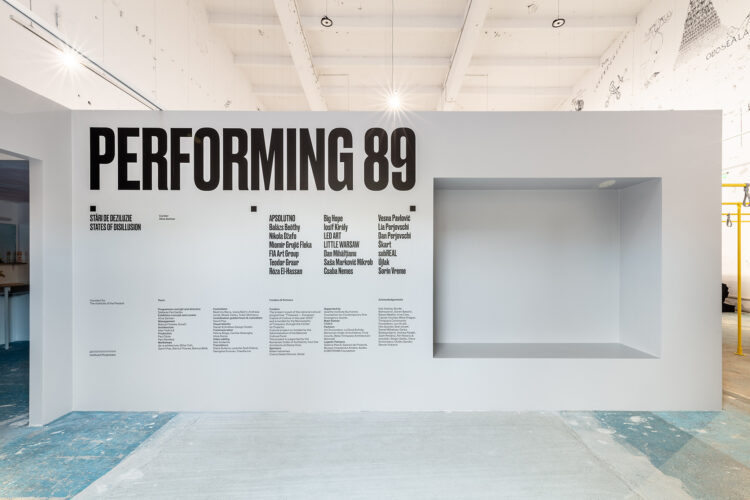
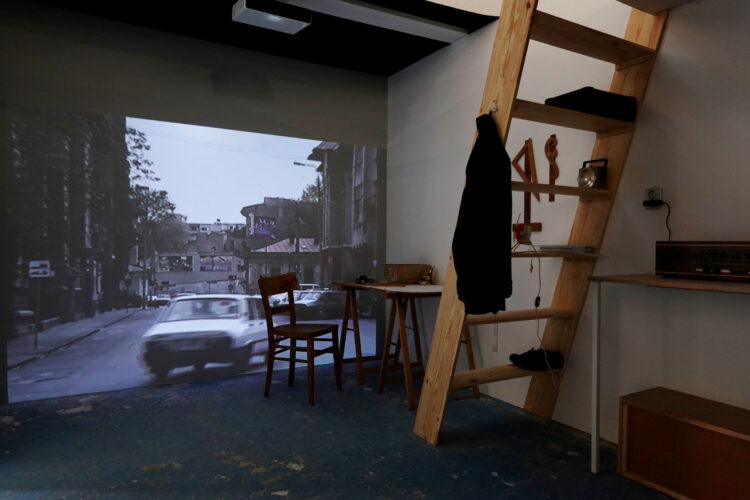
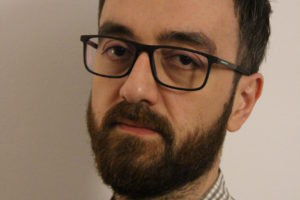
Comments are closed here.